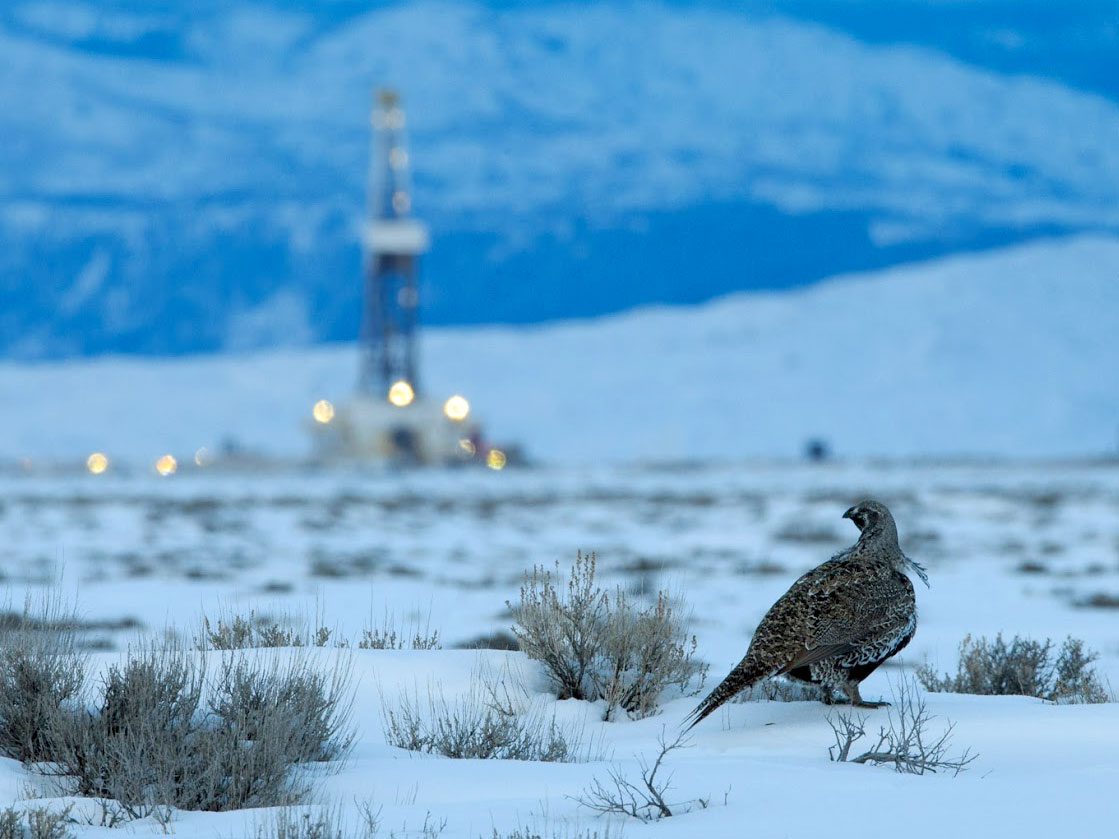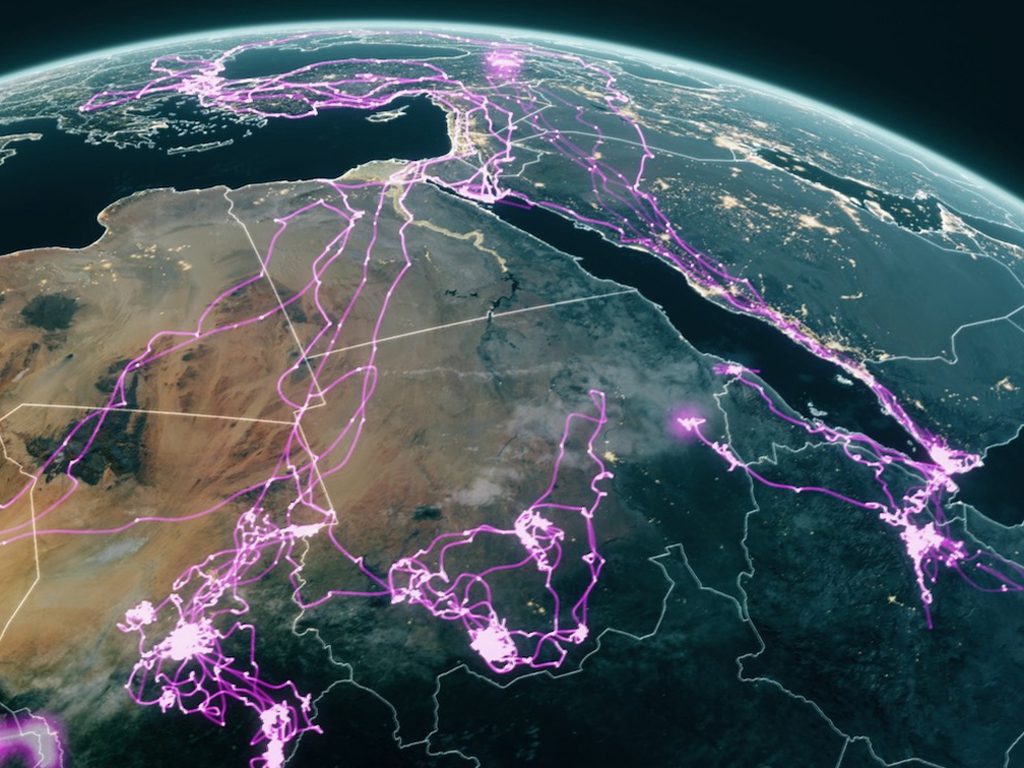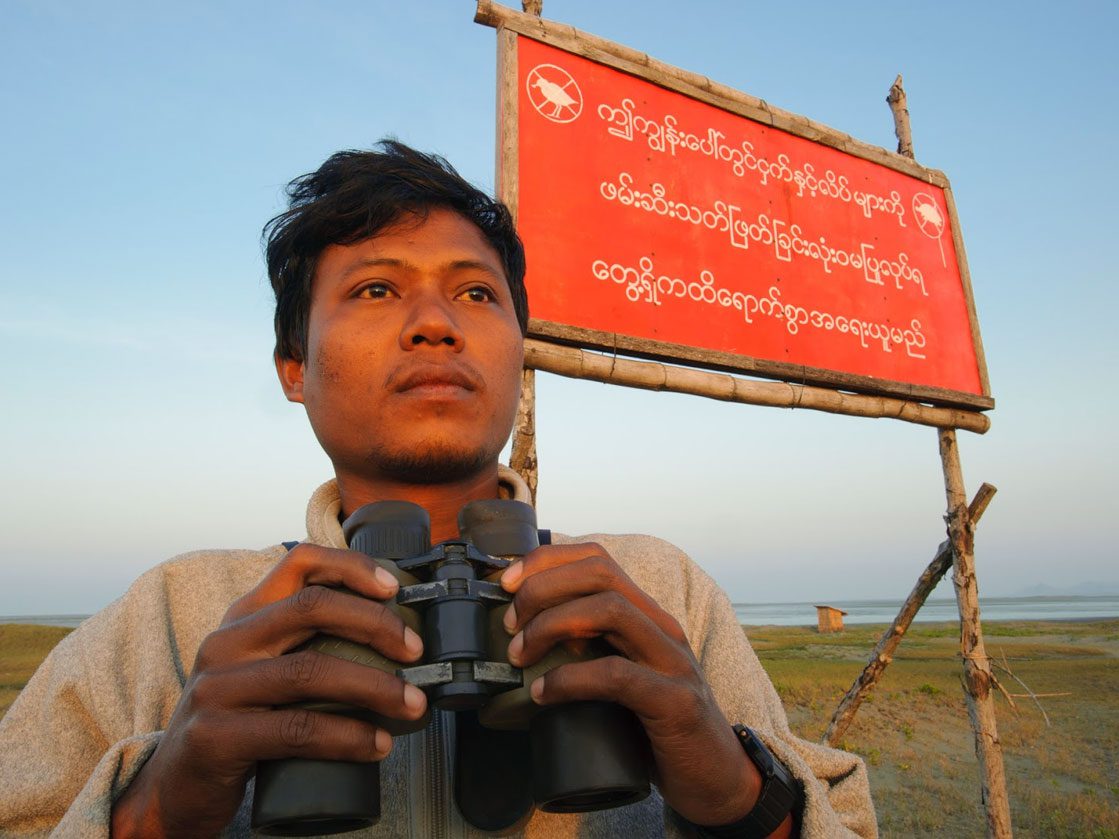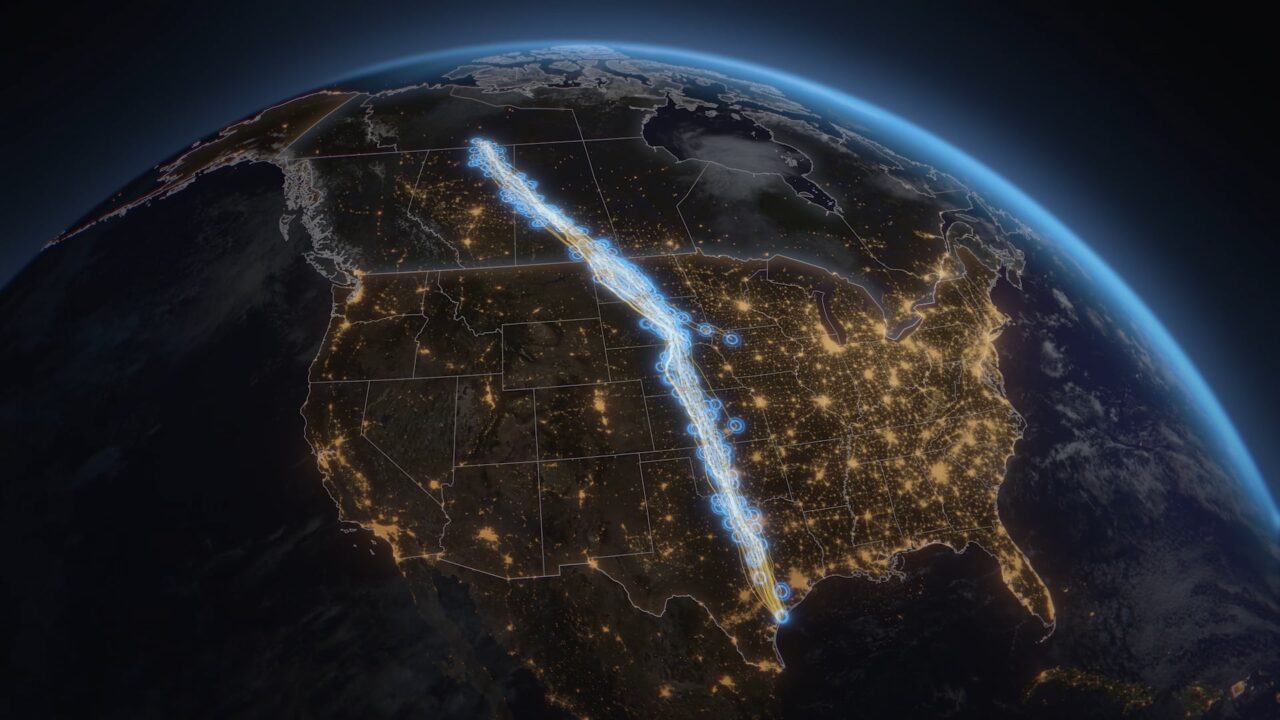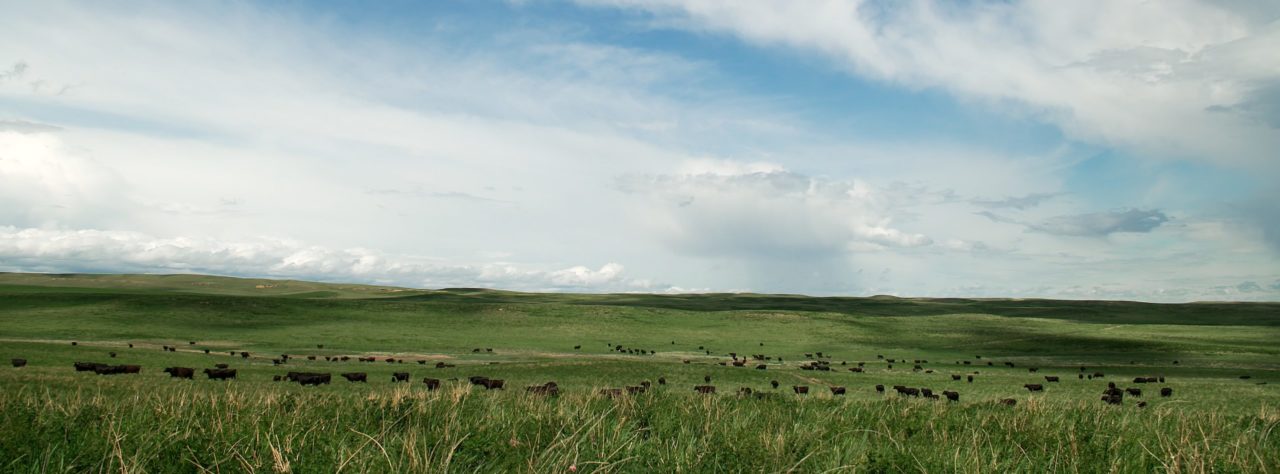Our mission is to serve conservation partners using the power of visual media to translate science and inspire action.
Our Work
Life on our planet is threatened by climate change and biodiversity loss, yet those who are in a position to take action often lack the information needed to address these crises. Overcoming barriers to action requires communications expertise and resources to mobilize people from local communities to key decision-makers.
We serve conservation partners by combining natural-history filmmaking, the latest science, and strong relationships with stakeholders to produce solutions-oriented media.
We identify urgent issues where science is under-utilized, forge alliances with conservation leaders around the U.S. and the world, collaborate to understand target audiences and outcomes, and freely disseminate these media assets, translated into local languages, to groups connected to the conservation issue.
 Protecting Habitats and Species
Protecting Habitats and SpeciesBy applying stunning cinematography to tell conservation stories, our films draw attention to unique ecosystems, the irreplaceable benefits they provide, and the threats facing them. We also help motivate conservation work safeguarding flyways, habitats, and species. Explore projects by clicking the links.
 Bringing Science to Stakeholders
Bringing Science to StakeholdersBy translating the latest science and tailoring productions for “audiences of influence,” we contribute resources that partners use to secure protection for declining species and threatened flyways. Our productions help decision-makers who typically do not consider wildlife in planning efforts understand the links between biodiversity protection and human needs, such as pollution and pandemic prevention. See our work by clicking the links.
 Amplifying Voices
Amplifying VoicesBy highlighting diverse stakeholders and bringing underrecognized voices to the conversation, we contribute to better conservation solutions through knowledge-sharing and increased regard for on-the-ground groups. We profile perspectives and experiences of people across the conservation world. Screen examples by clicking the links.
 Inspiring the Next Generation
Inspiring the Next GenerationBy working with both external and within-Lab partners, we make pieces that engage with and inspire youth , early professionals, and future bird protectors. Across cultures and disciplines, we help foster communities of emerging conservation leaders. View productions by clicking the links.
Featured Projects
 Mapping the Epic Journey of the World’s Rarest Crane
Mapping the Epic Journey of the World’s Rarest CraneWhooping Cranes are the tallest birds in North America and the rarest crane species in the world. Once widespread throughout the Great Plains, by the 1940’s, just 15 birds remained in the last wild migratory flock. Today, thanks to the conservation work by many, there numbers have increased dramatically to around 540.
 From Birds to Forests: A Decades-Long Effort to Protect the World’s Third Largest Rainforest
From Birds to Forests: A Decades-Long Effort to Protect the World’s Third Largest RainforestIndonesia holds the third largest area of rainforest in the world and is second in total biodiversity. This rich natural heritage makes Indonesia one of the most important international players for action on climate change and biodiversity protection.
 Grasslands Conservation in the Northern Great Plains
Grasslands Conservation in the Northern Great PlainsAcross North America’s Great Plains, over half of native grasslands have been permanently lost, but many stakeholders are working to protect and restore these working lands. Conservation Media created four films for the National Fish and Wildlife Foundation’s Northern Great Plains Program to profile collaborative stewardship and to demonstrate that maintaining healthy ecosystems supports community livelihoods.
 Discovery at Deveaux: Safe Refuge for 20,000 Whimbrel
Discovery at Deveaux: Safe Refuge for 20,000 WhimbrelDeveaux Bank is singular. No other place suits such a significant portion of the remaining Whimbrel population, but Deveaux and its Whimbrel represent an entire Flyway. Explore the Importance of Deveaux.
 Wetland Loss in China’s Yellow Sea
Wetland Loss in China’s Yellow SeaOur film, made available in English, Mandarin, Russian, Korean, and Japanese, highlighted the loss of critical migratory shorebird habitat in the Yellow Sea region. After release, China’s State Oceanic Administration issued a moratorium on land reclamation in the region.
 African Grey Parrot: Species in Decline
African Grey Parrot: Species in DeclineThis film helped galvanize support for increased international protection of the African Grey Parrot. We collaborated with the government of Gabon and the U.S. Fish and Wildlife Service to create a film about the plight of the species. It was screened for delegates to a 2016 CITES conference and was made available in four languages: English, French, Portuguese, and Spanish.

